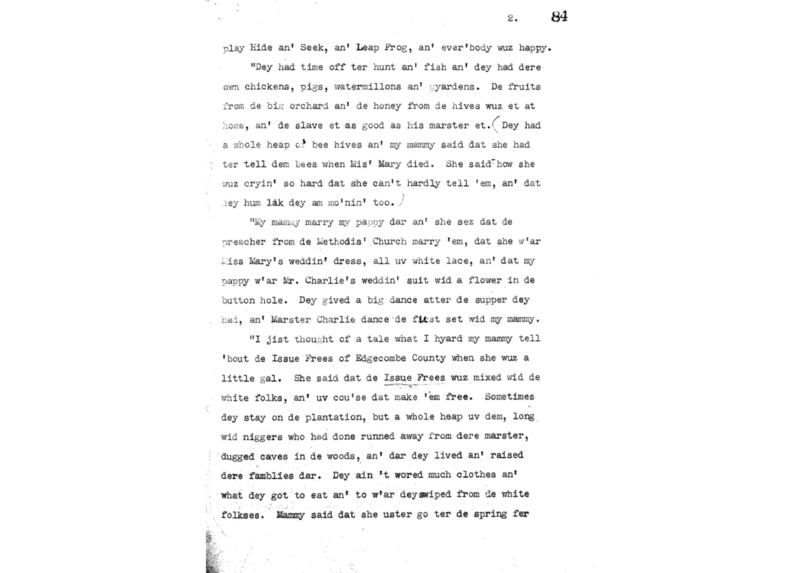Food as Resiliency
Reading the interviews from the Federal Writers’ Project, the connection between food and relationships is apparent.
Food, including its agriculture, preparation, and consumption was integral in fostering relationships among enslaved peoples on their plantations. Food was not merely a form of sustenance, even though they were given the plots of land to work by their slaveholders as a means for them to cut feeding costs.
Food was grown in these garden plots, tended by the enslaved peoples during the evening and on their days off.
They procured food in a myriad of ways. They sometimes stole from their slaveholders, hunted birds and small animals on land nearby, gathered fruits and crops from orchards and forests, and even traded with enslaved people on neighbouring plantations. Some were allowed to tend to their own flocks, but that was very rare.
This supplementary food was used in courtship, sold to raise money to buy other goods, and to provide extra nourishment to those who needed it, including runaways who were escaping their slaveholders.
In his article, “Slave and Food: A means to Resistance, An Obstacle to Freedom,” Ryan Chappel analyses the ways in which “food aided, hindered, and ultimately shaped [various] types of slave resistance.”
The three excerpts below focus on the interviewee’s description of food and food practices.


